Optimal Timing for Plum Tree Pruning
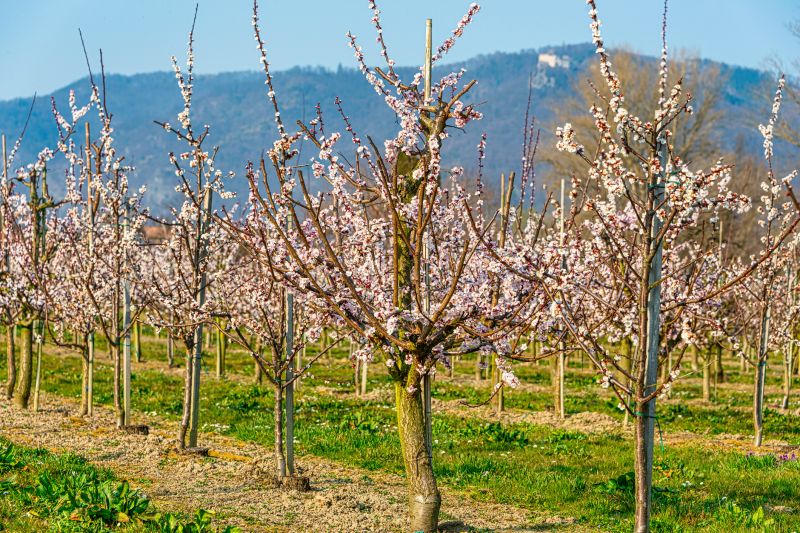
Late winter is ideal for pruning plum trees before bud break, promoting healthy growth.
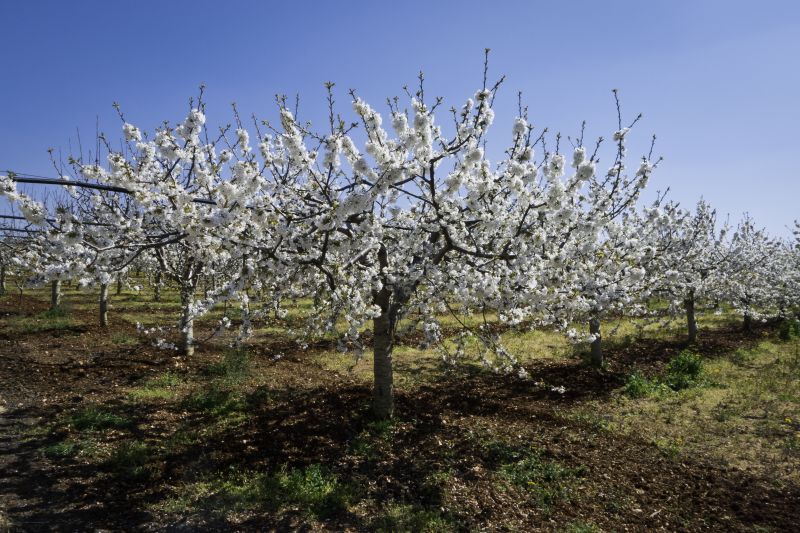
Spring pruning encourages flowering and fruit production, provided it is done after the risk of frost.
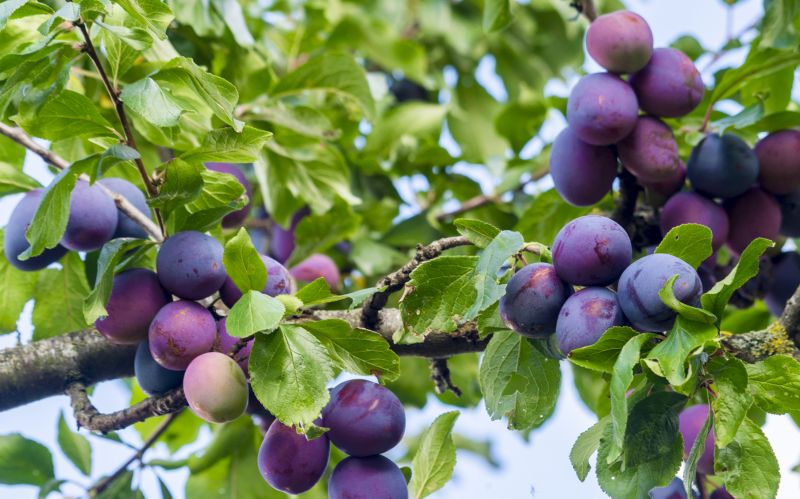
Summer pruning can help control growth but should be done carefully to avoid stressing the tree.
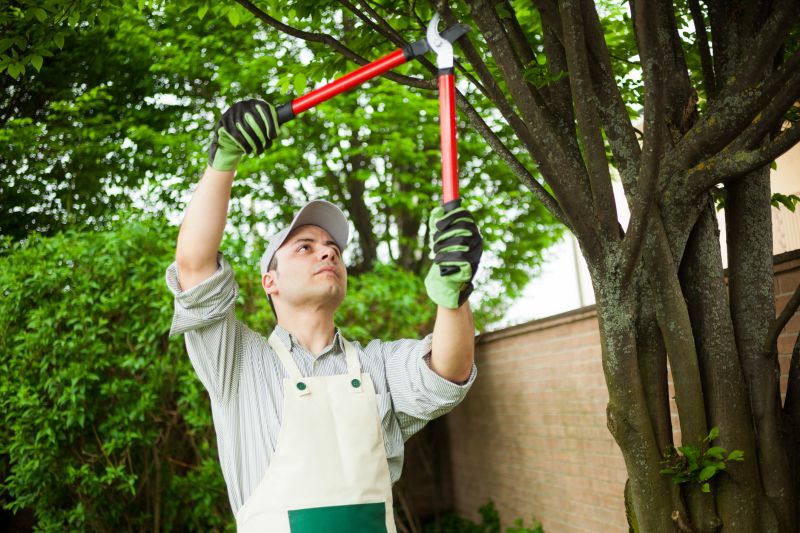
Ways to make Plum Tree Prunings work in tight or awkward layouts.
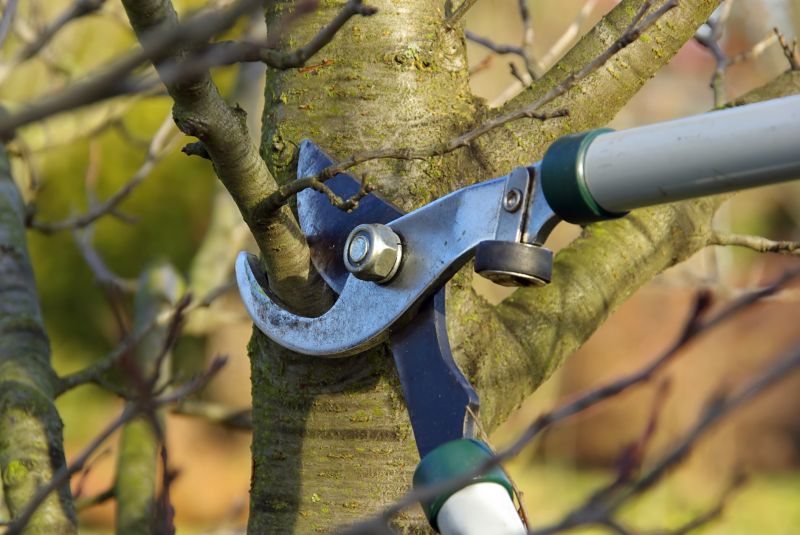
Popular materials for Plum Tree Prunings and why they hold up over time.
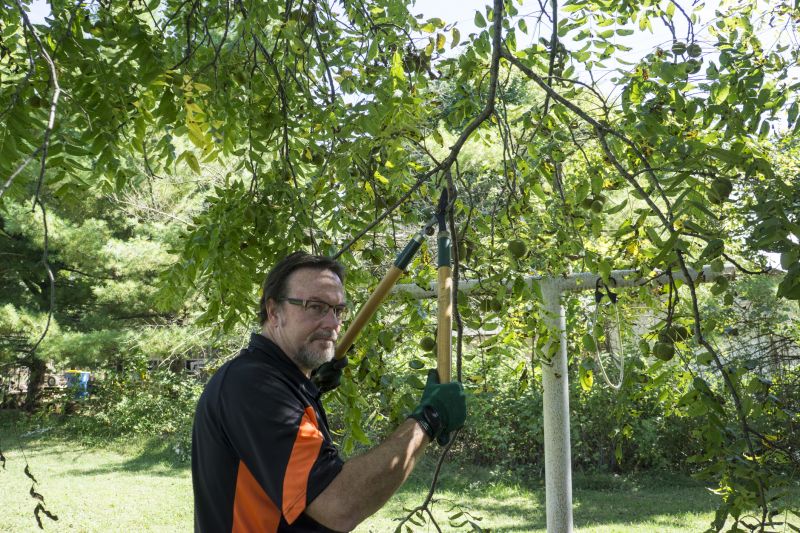
Simple add-ons that improve Plum Tree Prunings without blowing the budget.
Plum tree pruning is a crucial horticultural practice that influences the health, productivity, and longevity of the tree. Proper timing ensures optimal growth and fruit yield. Typically, the best period for pruning is during the dormant season, which minimizes stress and allows the tree to recover before the growing season begins.
Research indicates that pruning in late winter to early spring, before the buds swell, results in fewer diseases and promotes vigorous growth. Regular pruning, approximately once a year, can increase fruit production by up to 50%. The pruning process involves removing dead, diseased, or crossing branches, and shaping the tree for better sunlight exposure.
Pruning during dormancy helps prevent disease transmission and encourages strong growth in the spring.
Various techniques include thinning cuts, heading cuts, and renewal pruning to maintain tree health.
Look for the period just before bud swell or after leaf fall for optimal results.
Pruning too early or late can lead to increased disease risk and reduced fruiting.
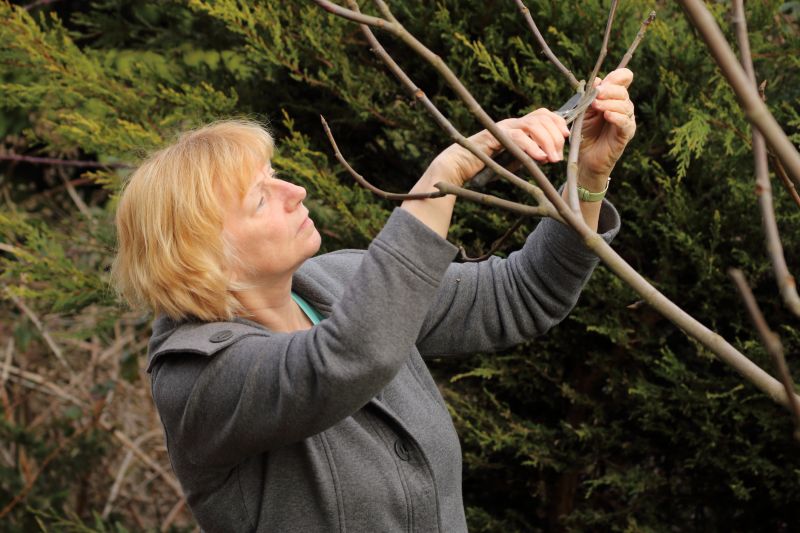
Healthy, well-shaped plum tree after pruning.
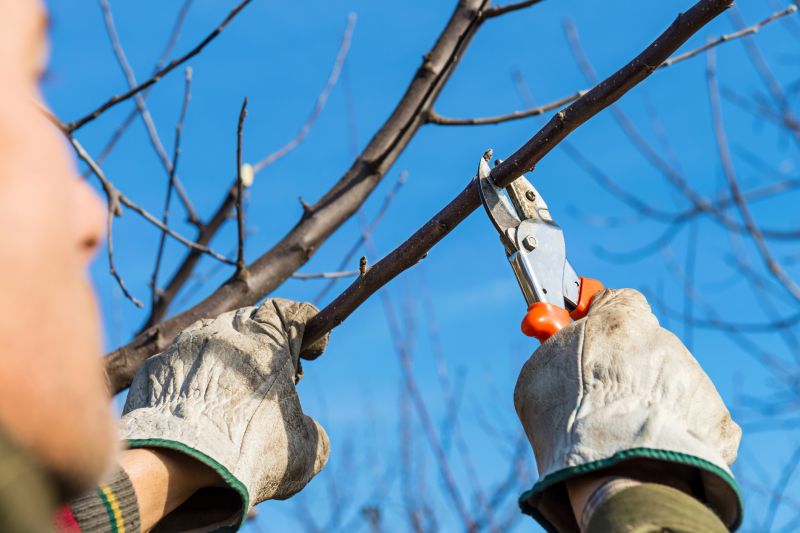
Sharp pruning shears suitable for delicate cuts.

Plum tree in full bloom post-pruning.

Ripe plums ready for picking after proper pruning.

High-end options that actually feel worth it for Plum Tree Prunings.
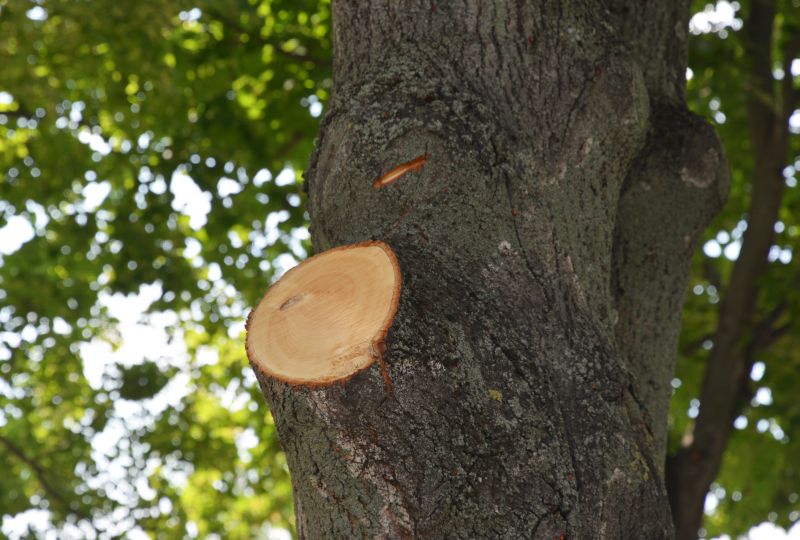
Finishes and colors that play nicely with Plum Tree Prunings.
| Pruning Season | Advantages |
|---|---|
| Late Winter | Reduces disease risk, stimulates new growth. |
| Early Spring | Encourages flowering, prepares for fruiting. |
| Summer | Controls excessive growth, opens canopy. |
| Autumn | Removes damaged branches, prepares for dormancy. |
| Post-Harvest | Stimulates new growth for next season. |
Timing is essential for maximizing the benefits of plum tree pruning. Properly scheduled pruning enhances fruit production, improves tree structure, and supports long-term vitality. Monitoring environmental conditions and tree responses can help determine the most suitable period for pruning activities.
Interested in learning more about plum tree pruning or scheduling a consultation? Filling out the contact form can provide tailored advice and support for maintaining healthy plum trees and optimizing fruit yield.
